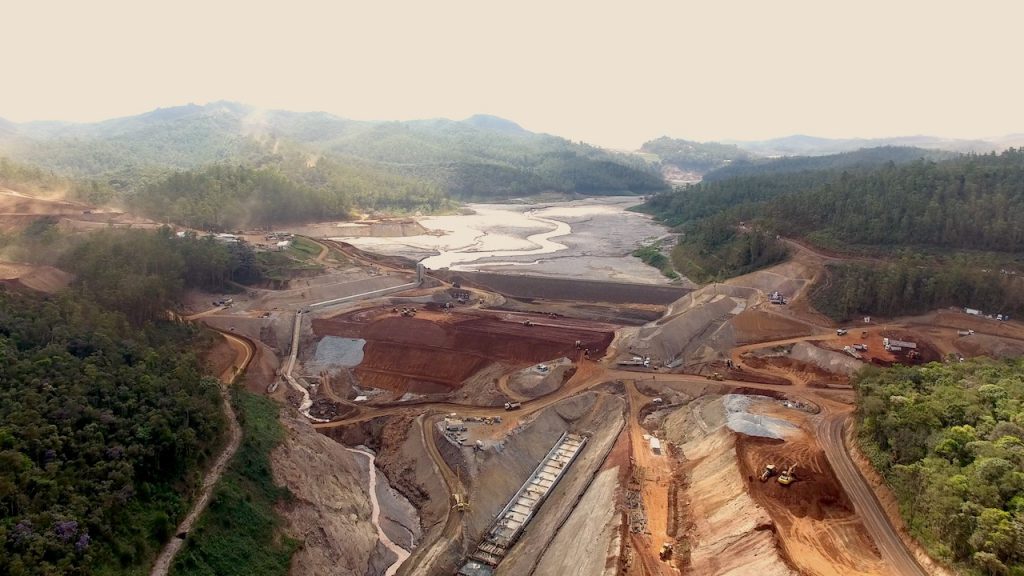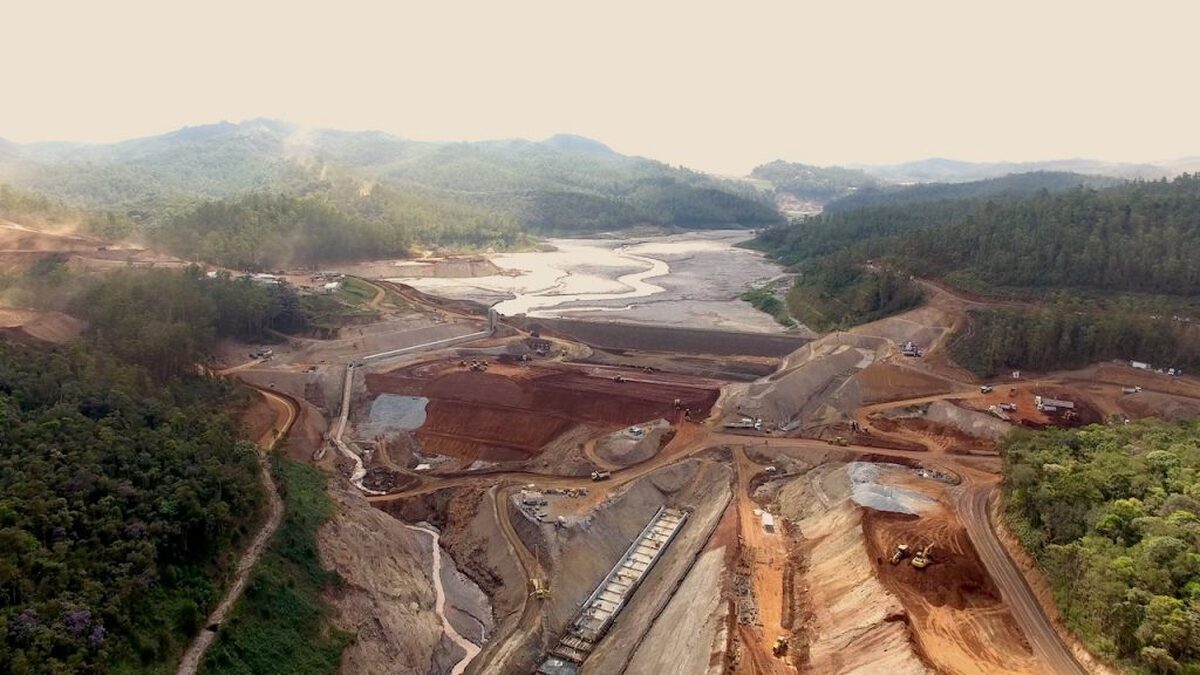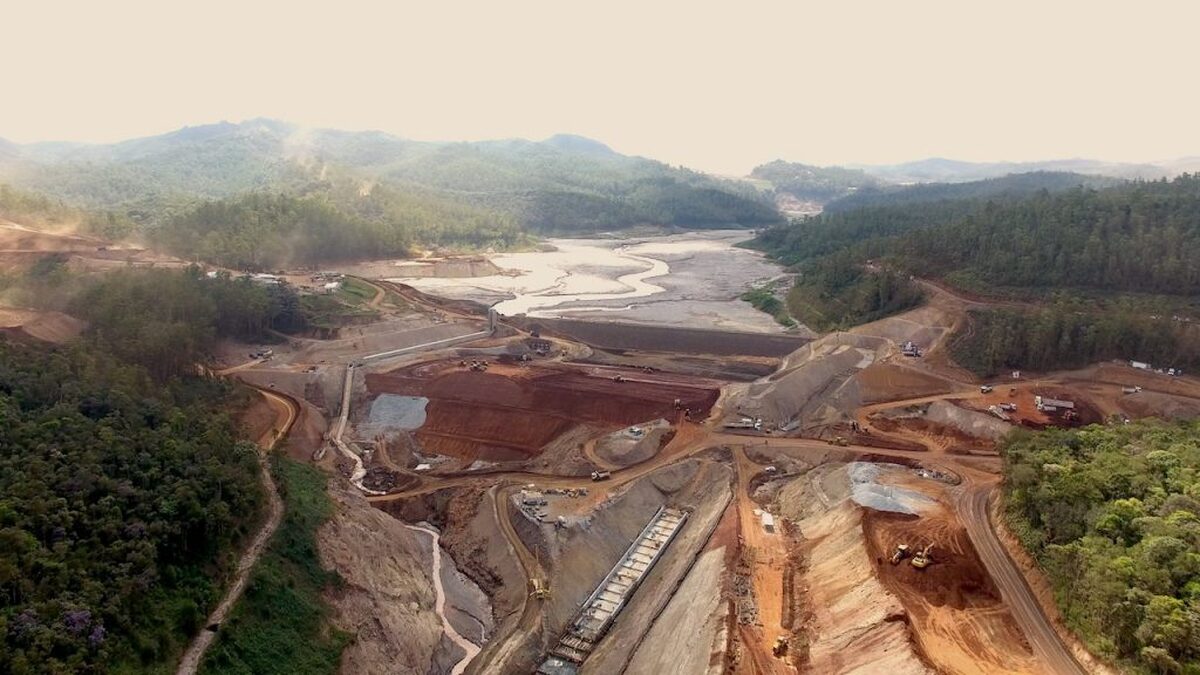
BHP earmarks $44 million for Samarco reopening four years after dam burst

The world’s largest miner said the funding would go towards the construction of a filtration plant over the next 12 months, after which the mine will resume production.
Funding will go towards construction of a filtration plant and the restart of Samarco, a 50-50 joint venture between BHP and Vale
The new facility will allow Samarco to use a “dry stacking” technology to dispose of mining waste, replacing the previous tailings dam-based system.
Last week, Samarco was granted the go ahead from the environmental regulator of the state of Minas Gerais. Vale then said it expected production at Samarco to resume in the second half of 2020, with a capacity of between 7 million to 8 million tonnes of iron ore pellets per year.
At the time of the 2015 disaster, it produced about 30 million tonnes of iron ore pellets a year.
BHP and Vale each hold a 50% stake of Samarco, the mine operator, which now has all environmental licenses to progress towards the restart.
In January this year, Vale, the world’s largest iron ore producer, was involved in another major tailings dam failure.
The incident, near the town of Brumadinho, killed at least 250 people and triggered a criminal investigation, a global inquiry into the status of 726 tailing dams, as well as several claims that Vale knew about the fragile state of the structure but did nothing.
Supply comeback
The Rio de Janeiro-based company separately said on Friday it had been authorized by local regulator ANM to resume operations at its Alegria mine, which has been halted since March.
Vale said the restart of Alegria will add up to 1 million tonnes to production volumes in 2019, but should not impact sales this year, as production will be resumed gradually.


Trump weighs using $2 billion in CHIPS Act funding for critical minerals

Codelco cuts 2025 copper forecast after El Teniente mine collapse

Electra converts debt, launches $30M raise to jumpstart stalled cobalt refinery

Barrick’s Reko Diq in line for $410M ADB backing

Abcourt readies Sleeping Giant mill to pour first gold since 2014

Nevada army depot to serve as base for first US strategic minerals stockpile

SQM boosts lithium supply plans as prices flick higher

Viridis unveils 200Mt initial reserve for Brazil rare earth project

Tailings could meet much of US critical mineral demand – study

Kyrgyzstan kicks off underground gold mining at Kumtor

Kyrgyzstan kicks off underground gold mining at Kumtor

KoBold Metals granted lithium exploration rights in Congo

Freeport Indonesia to wrap up Gresik plant repairs by early September

Energy Fuels soars on Vulcan Elements partnership

Northern Dynasty sticks to proposal in battle to lift Pebble mine veto

Giustra-backed mining firm teams up with informal miners in Colombia

Critical Metals signs agreement to supply rare earth to US government-funded facility

China extends rare earth controls to imported material

Galan Lithium proceeds with $13M financing for Argentina project

Kyrgyzstan kicks off underground gold mining at Kumtor

Freeport Indonesia to wrap up Gresik plant repairs by early September

Energy Fuels soars on Vulcan Elements partnership

Northern Dynasty sticks to proposal in battle to lift Pebble mine veto

Giustra-backed mining firm teams up with informal miners in Colombia

Critical Metals signs agreement to supply rare earth to US government-funded facility

China extends rare earth controls to imported material

Galan Lithium proceeds with $13M financing for Argentina project

Silver price touches $39 as market weighs rate cut outlook



















